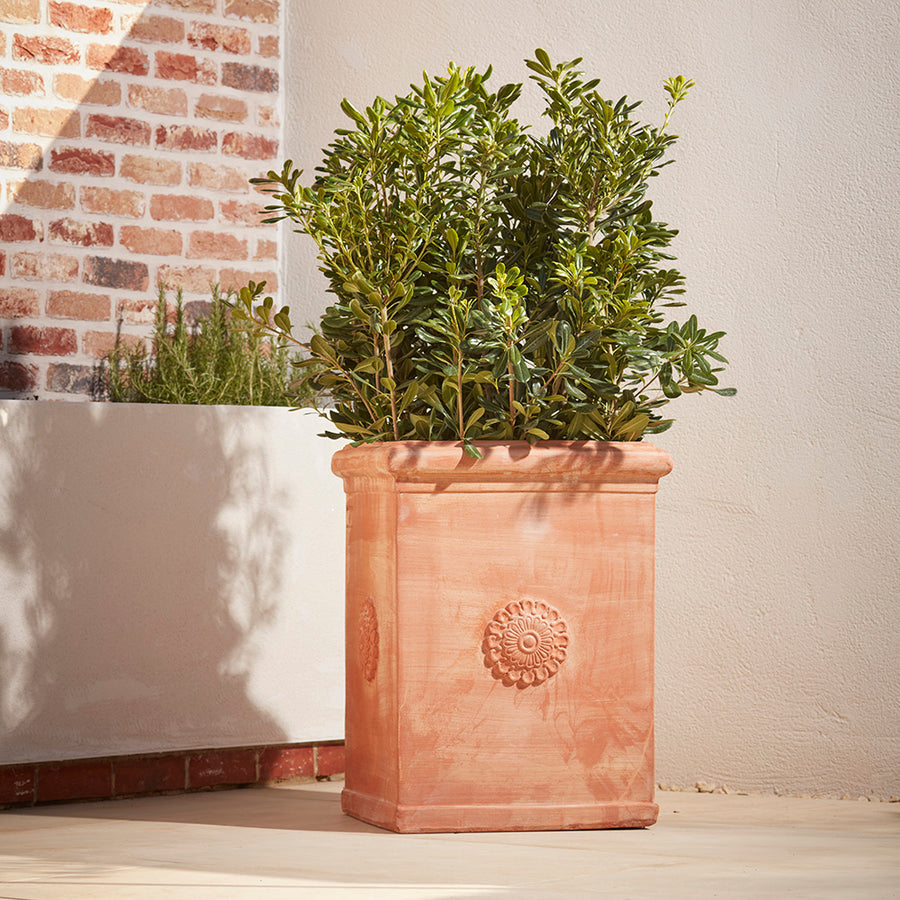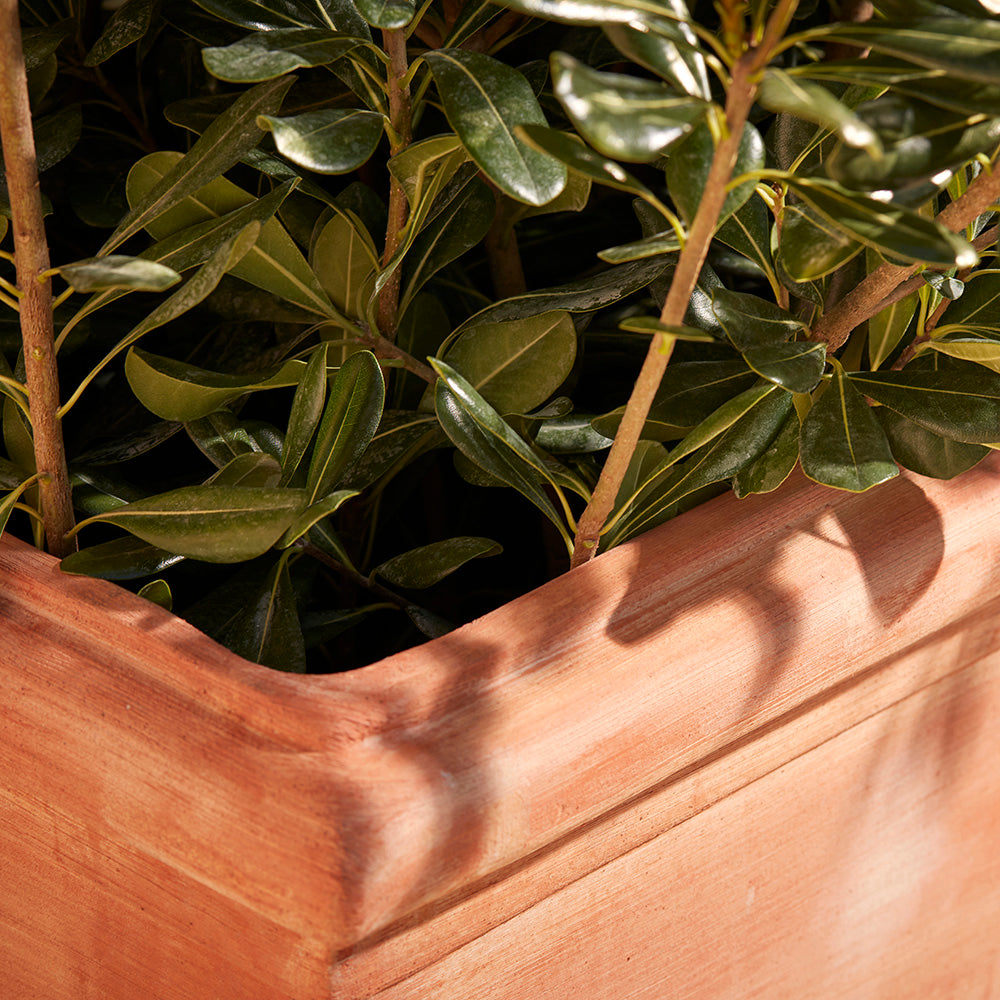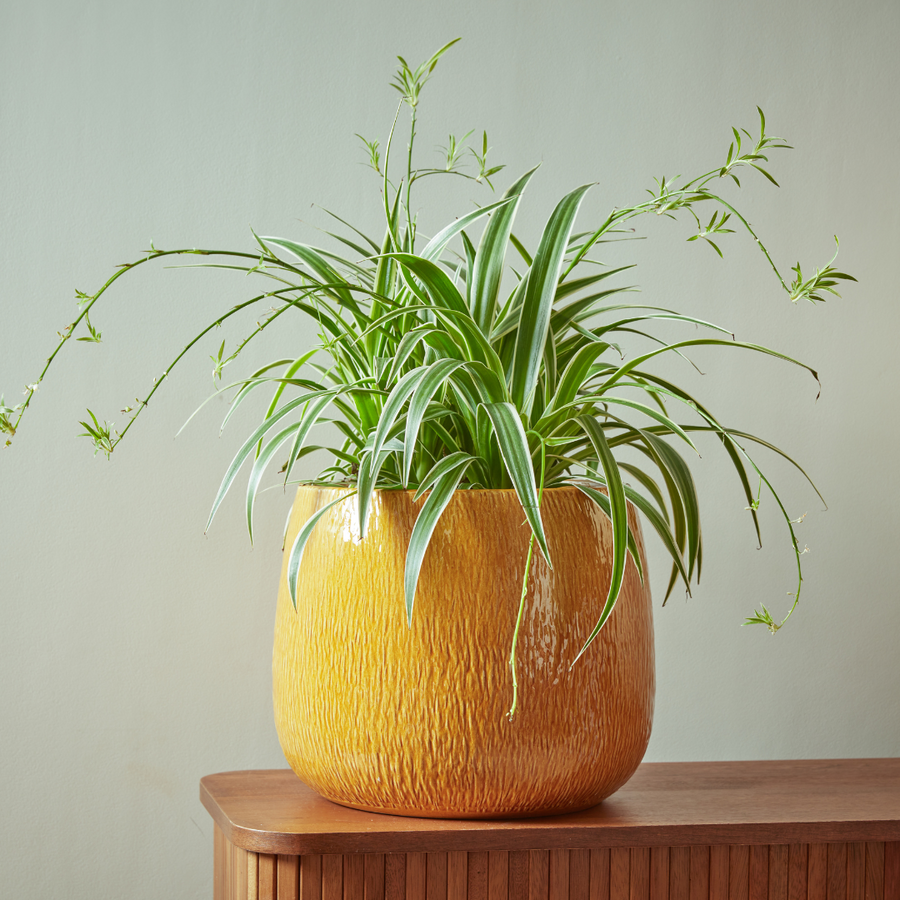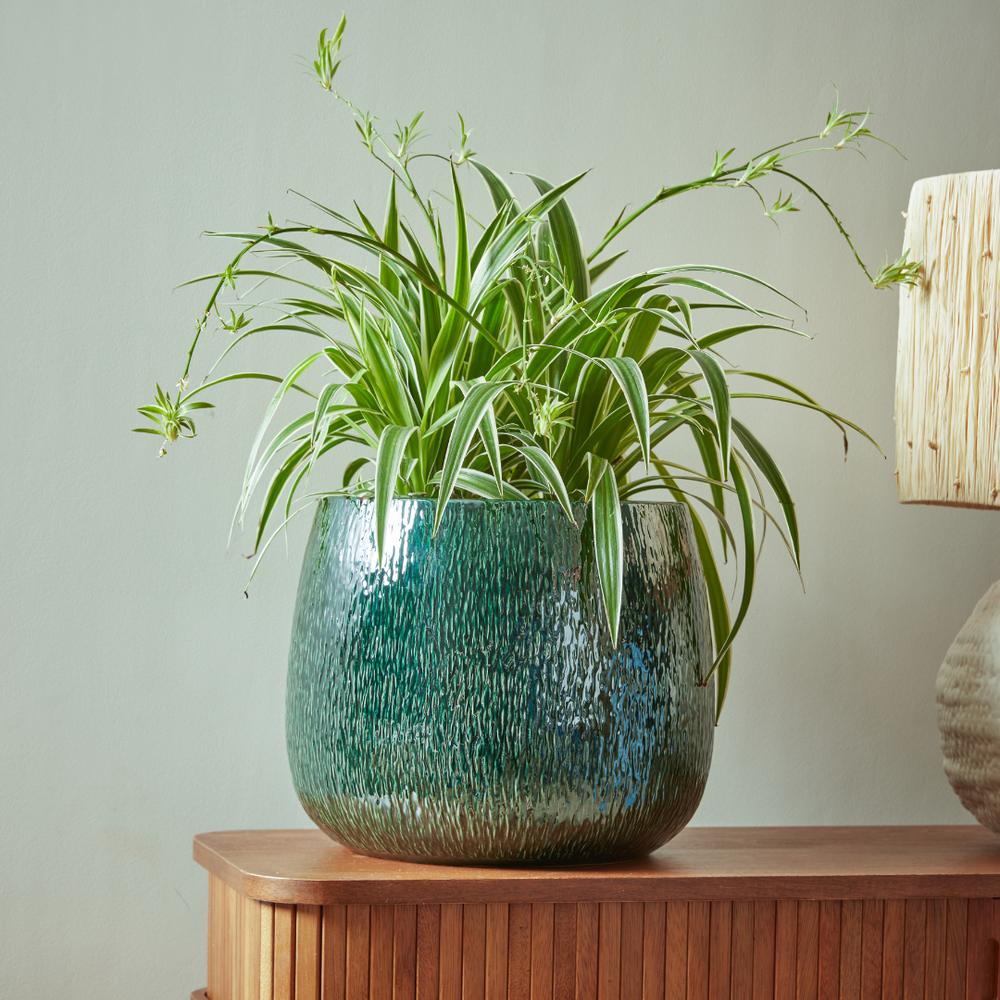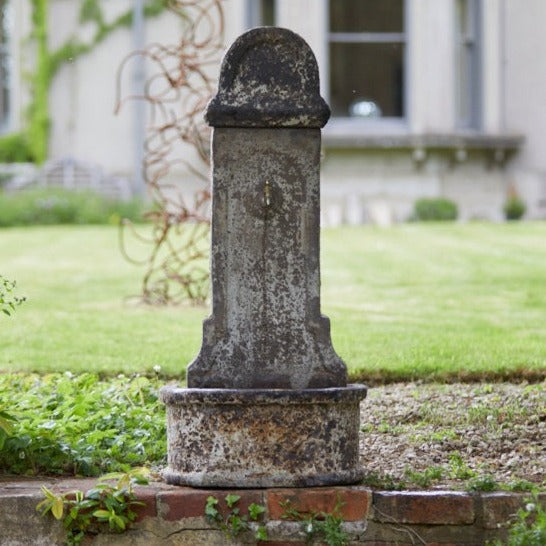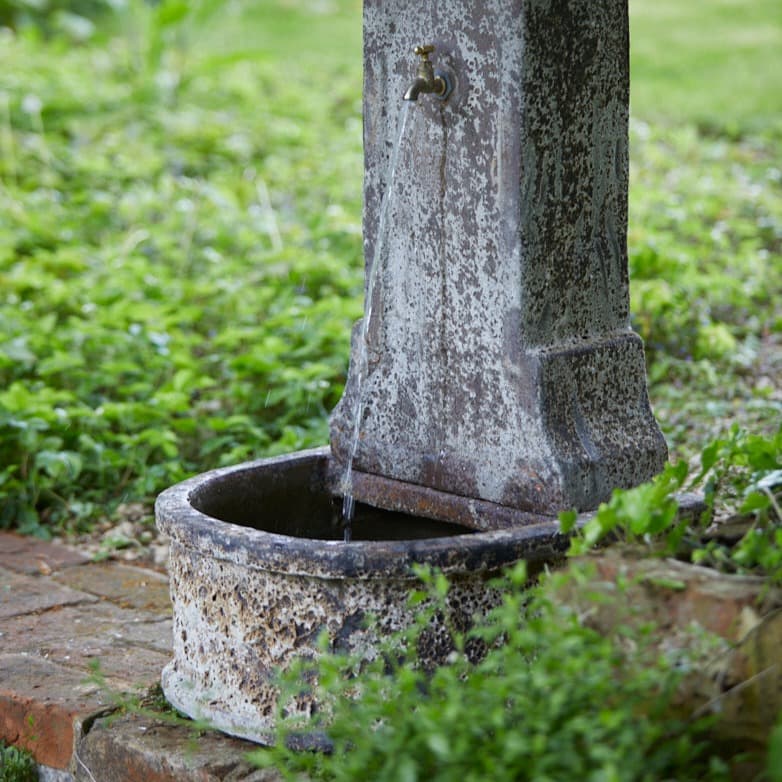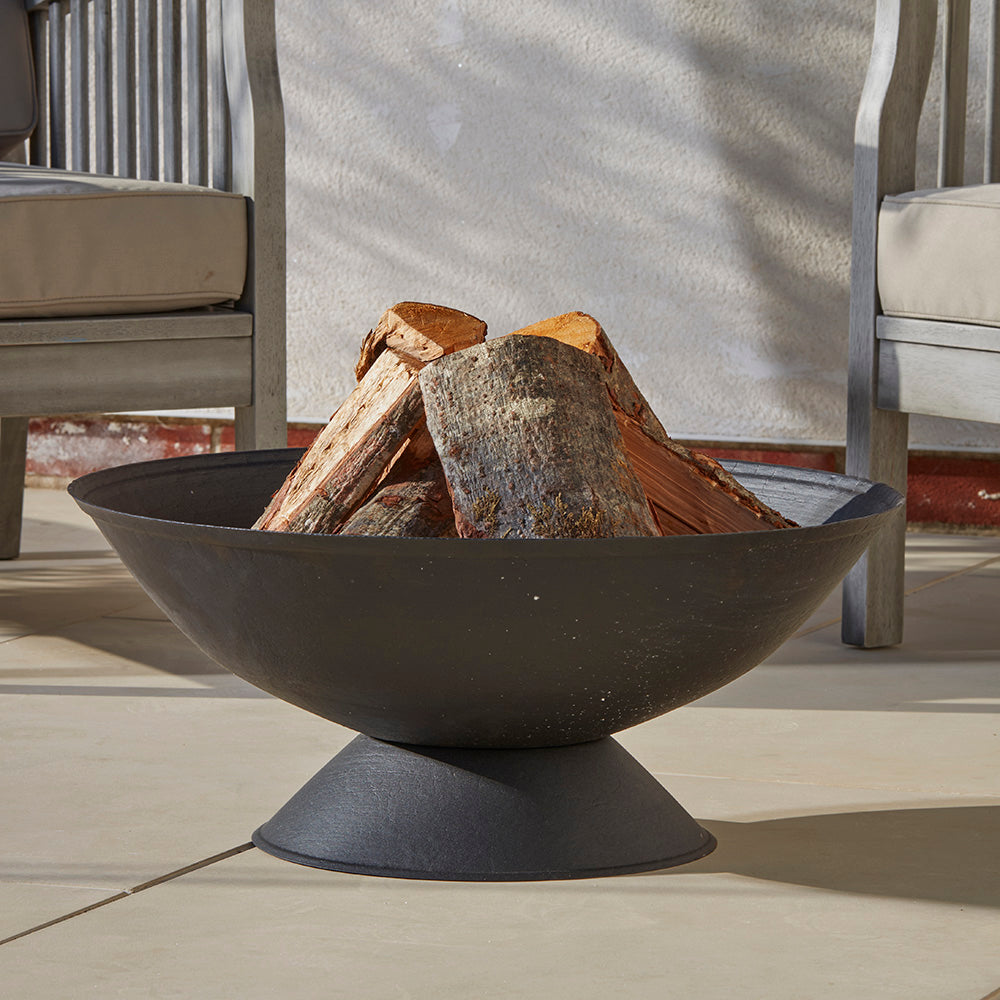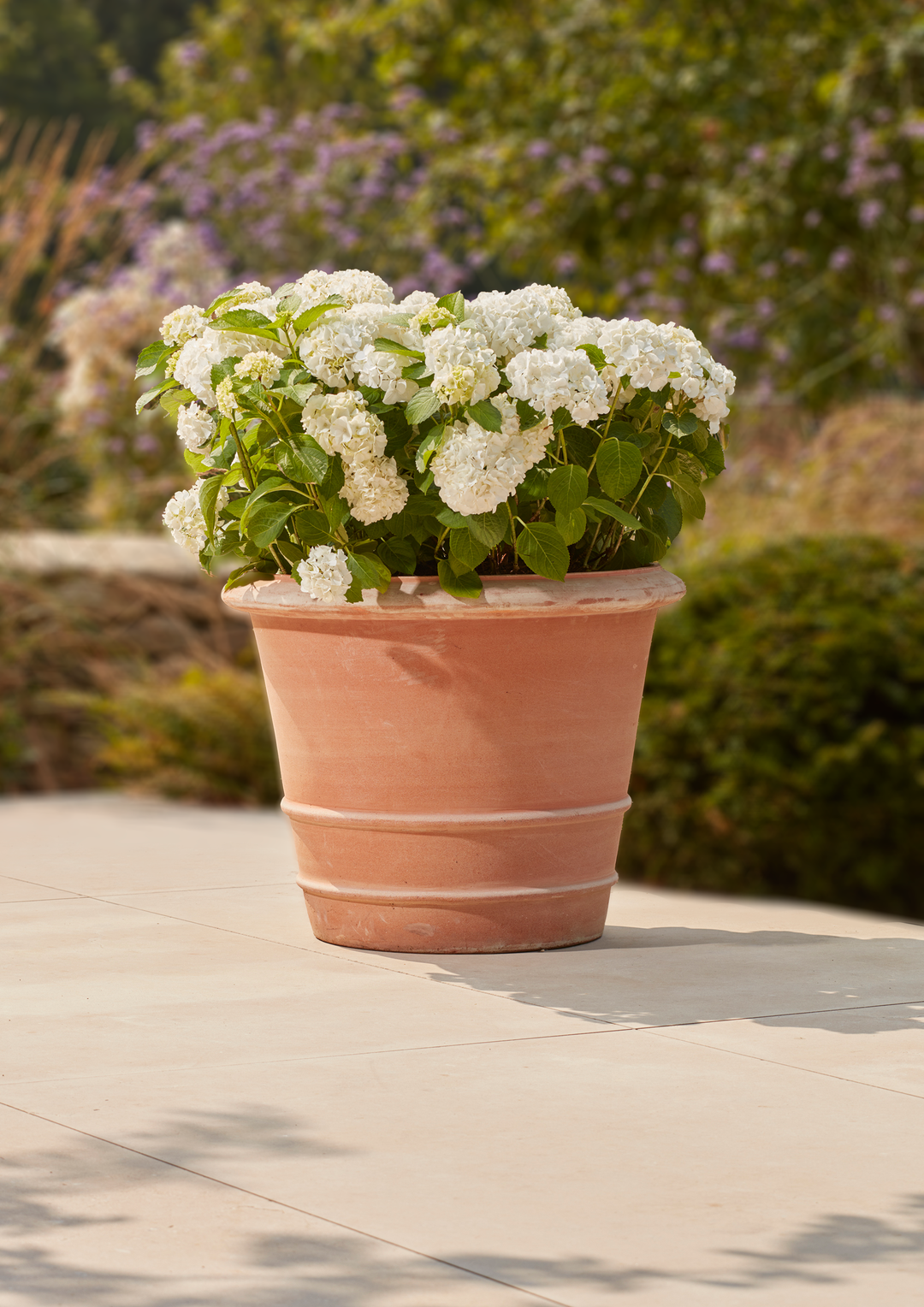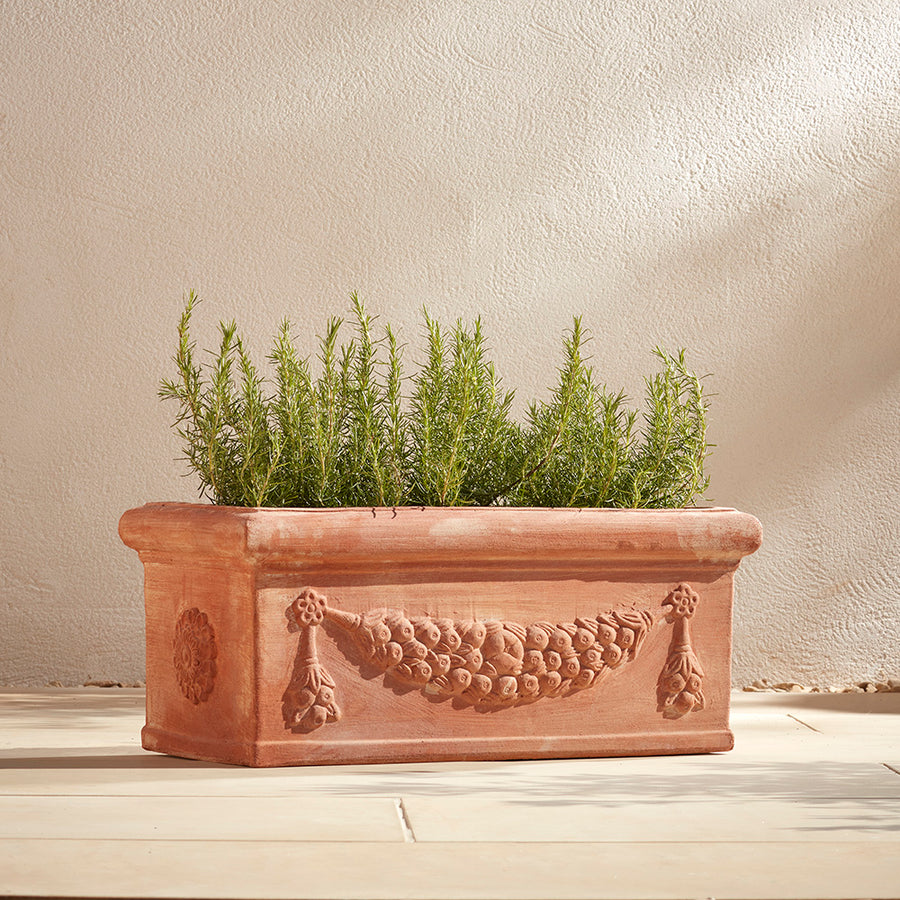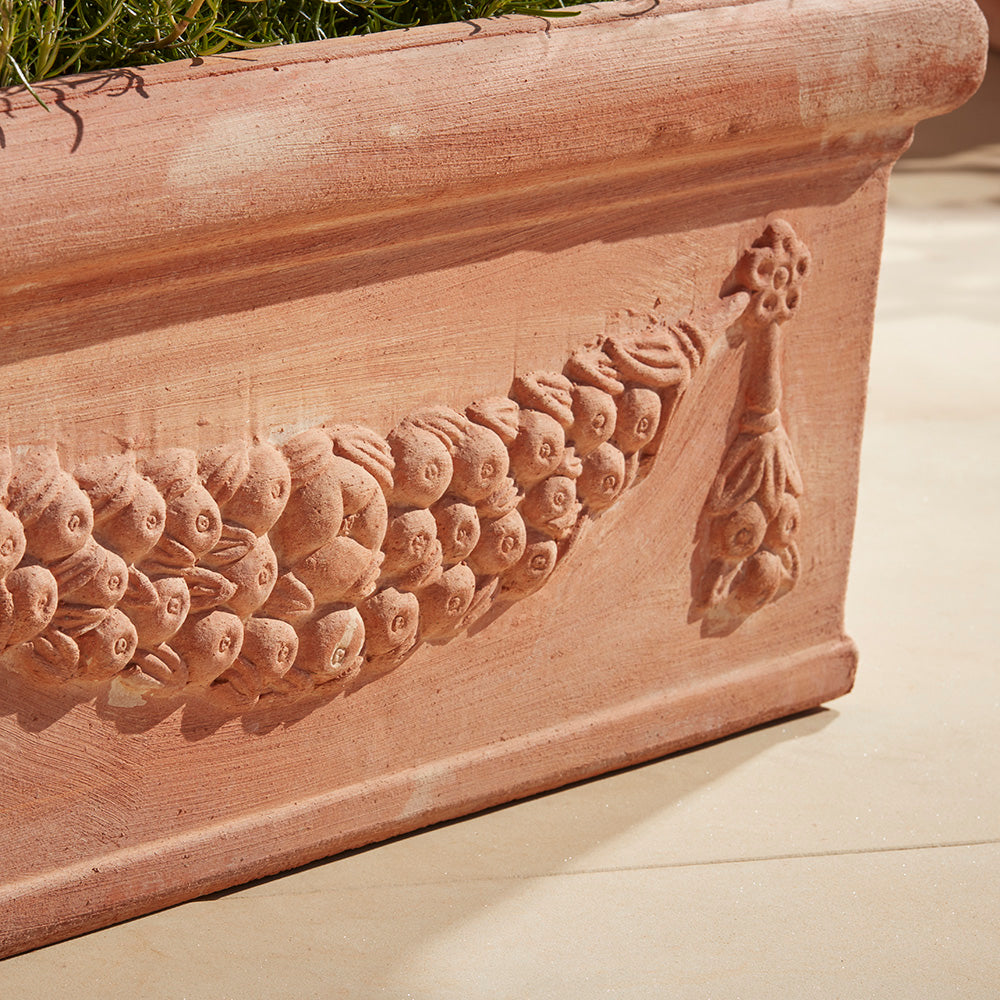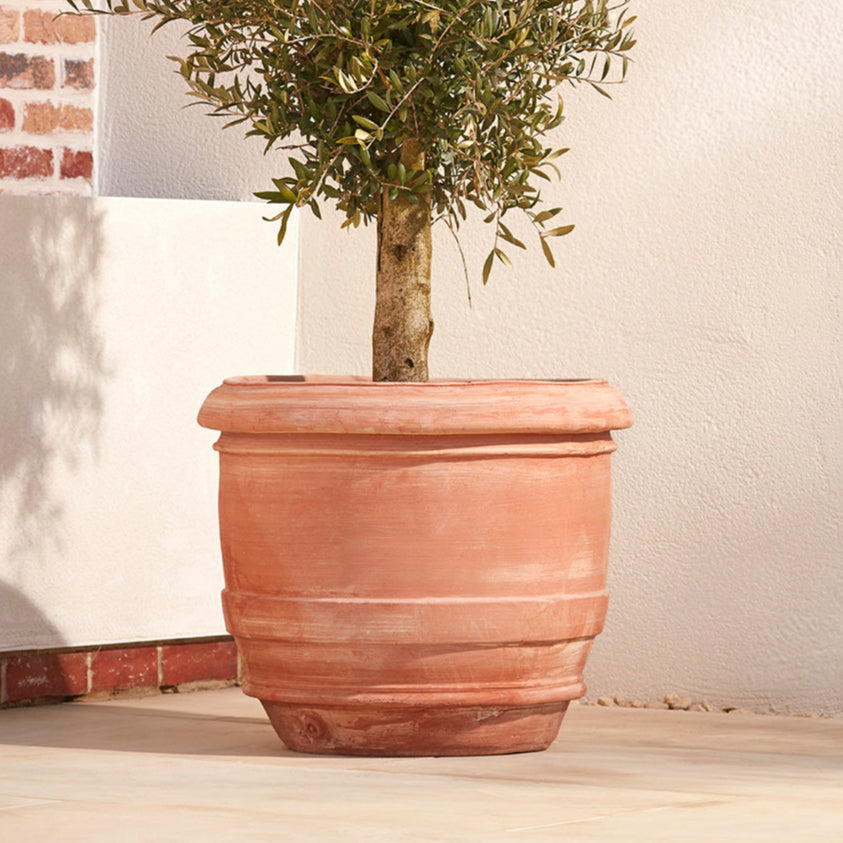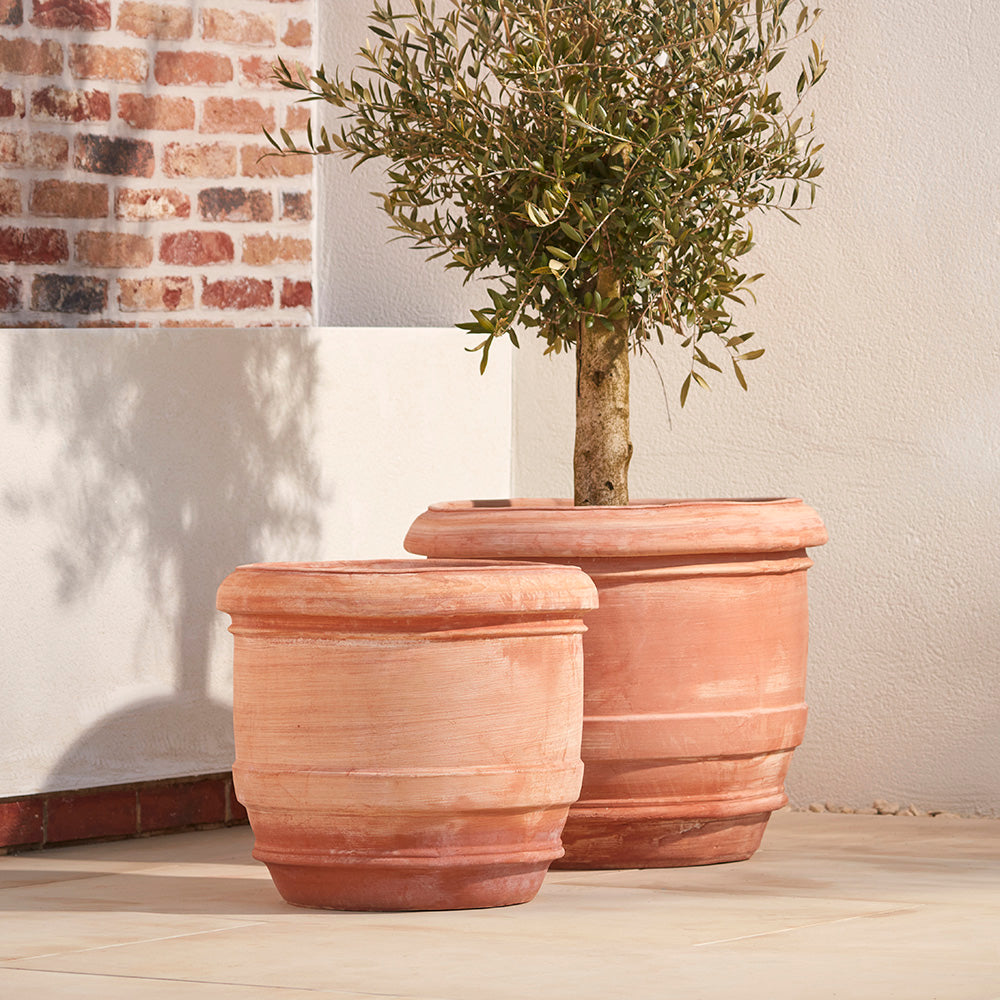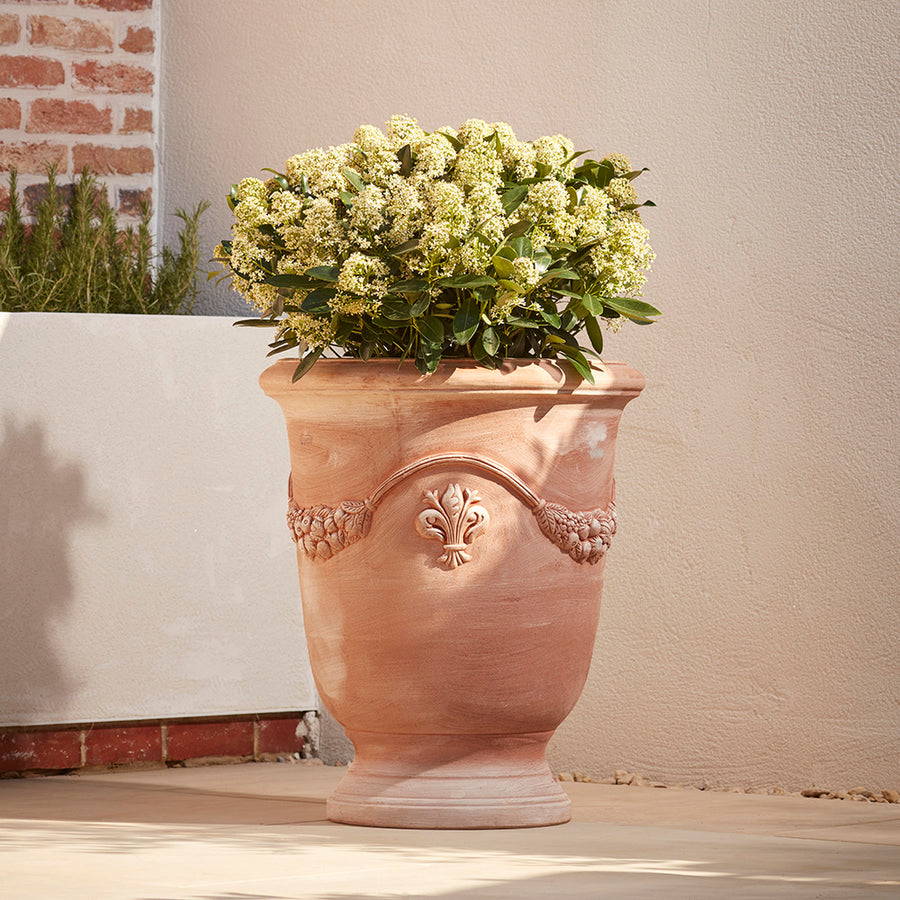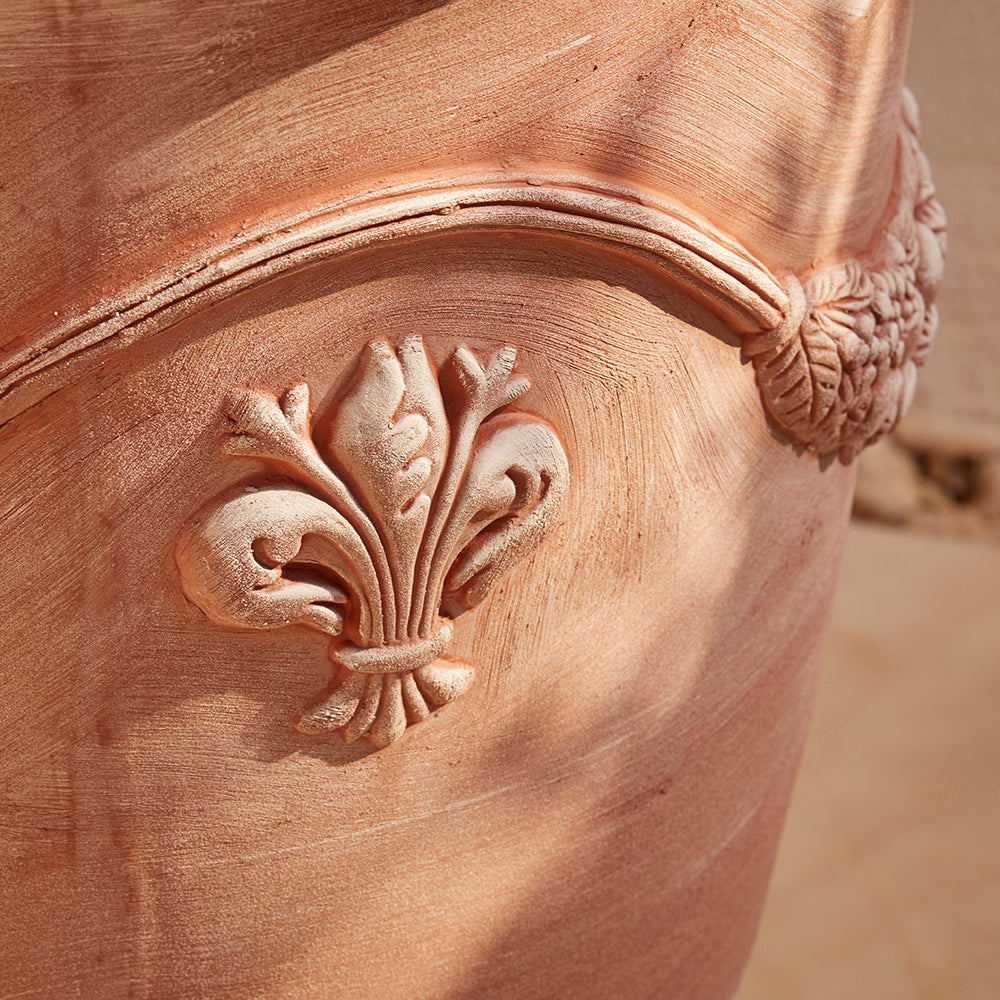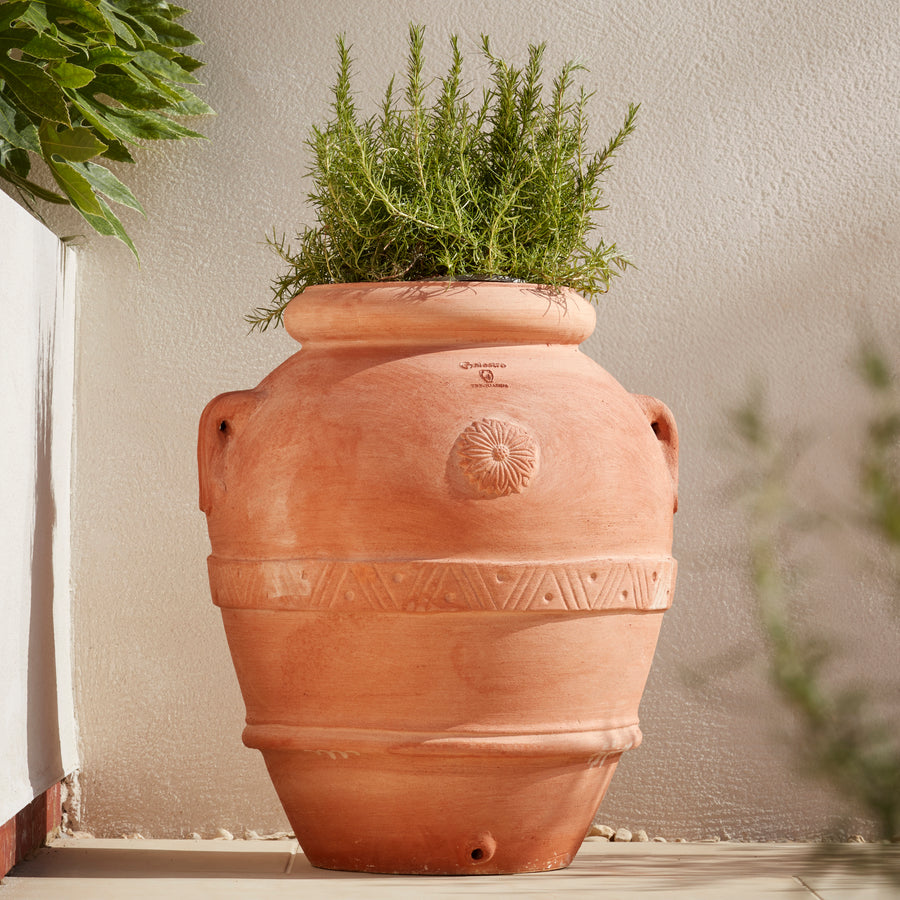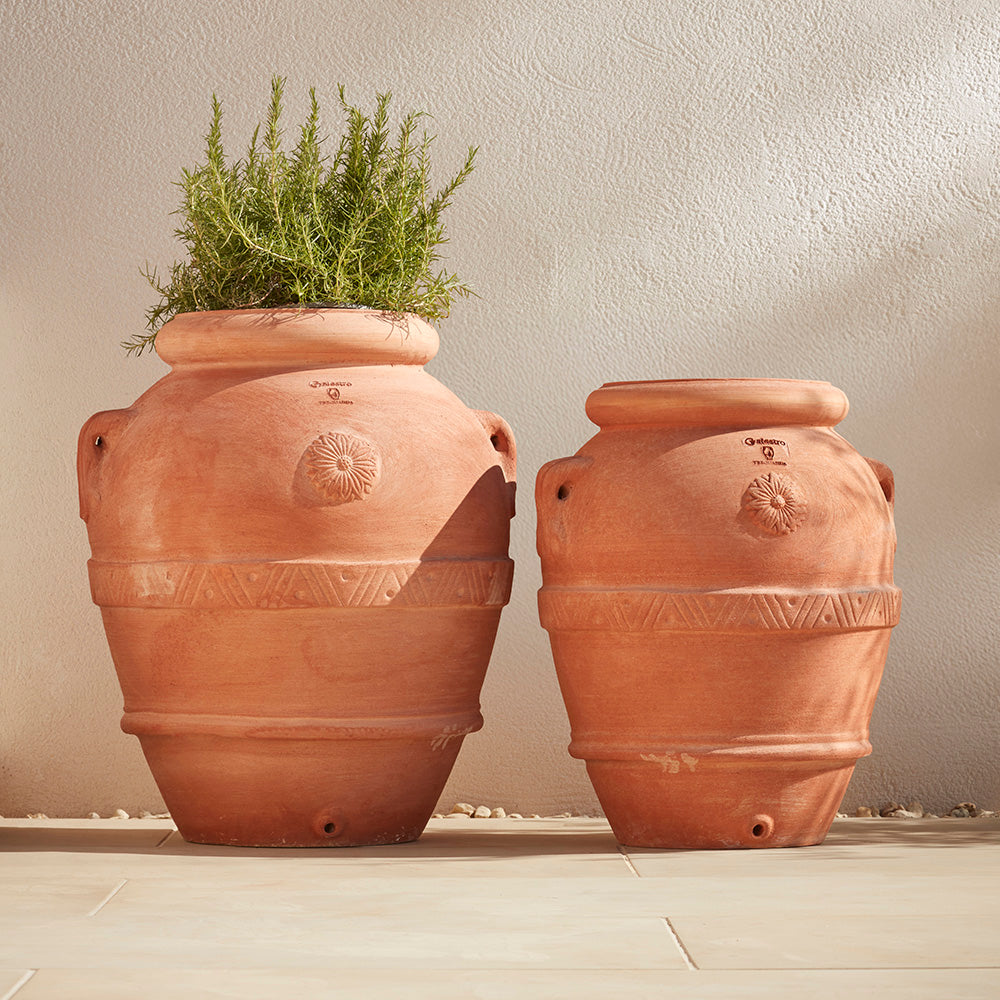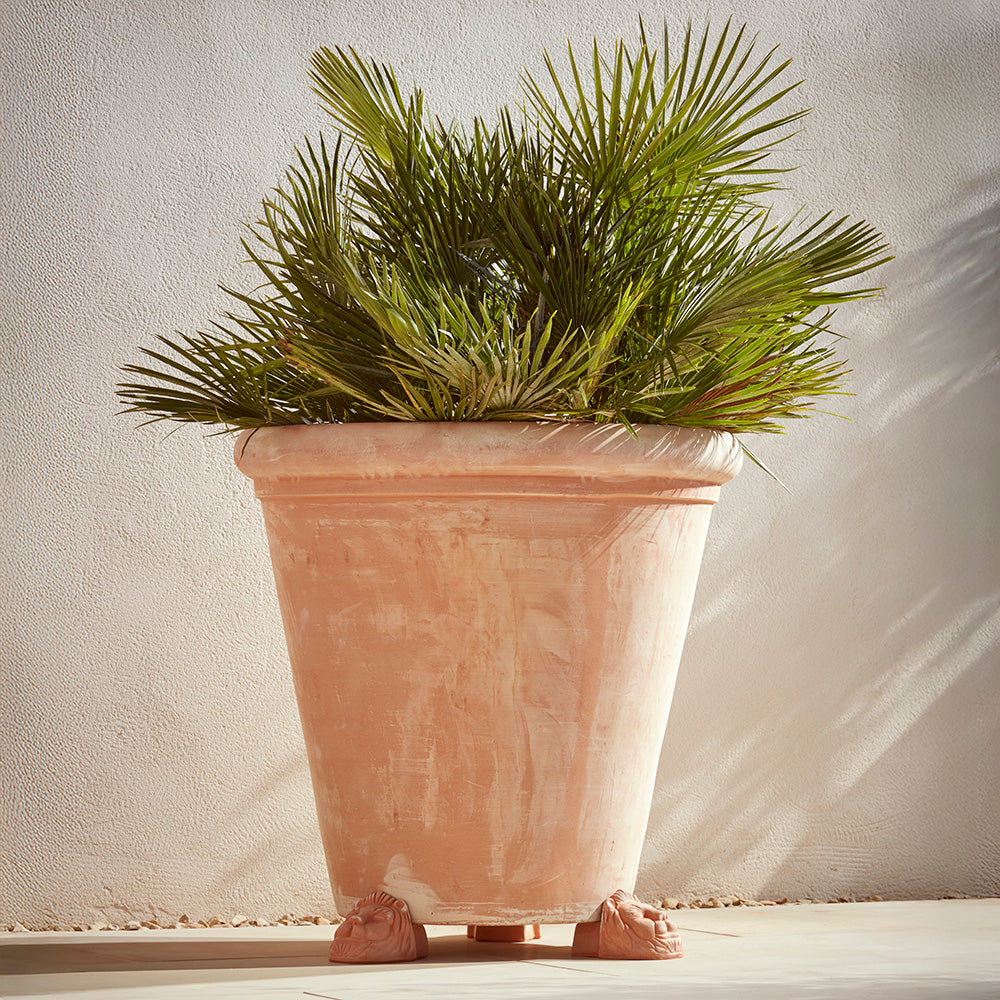How to Protect Your Plants From Frost
Preparing Your Garden for Frost
As the cooler weather sets in and the first frosts of the season begin to appear, it’s essential to prepare your garden for the colder months. Living here in Tetbury, I’ve learned how unpredictable frost can be. However, with the right care and protection, your garden can make it through winter in excellent condition, ready to bloom again when spring arrives.
In this blog, I’ll share some of my favourite tips on how to protect your plants from frost damage and ensure your garden stays healthy and vibrant through the winter months.
Bring Tender Plants Indoors
One of the most effective ways to protect your garden from frost is to bring tender plants indoors. Plants like pelargoniums, fuchsias, and herbs that are sensitive to the cold won’t survive the harsh frost and need to be moved inside. If you’ve been growing these types of plants outdoors, now is the time to find a sunny spot for them inside.
Before bringing any plants indoors, I always make sure to inspect them for pests, ensuring they don’t bring any unwanted guests into the house. A good wash with water usually does the trick. I’ve found that using indoor plant pots not only gives my tender plants a beautiful home through the winter, but also helps brighten up my living space during the colder months.
Cover Plants with Frost Cloth or Fleece
If you have plants that can’t be brought inside, frost cloth or garden fleece is a fantastic way to protect them. Covering plants traps the warmth from the soil, creating a microclimate that helps keep them a few degrees warmer during frosty nights.
I always keep some garden fleece handy for plants like my lavender and young shrubs, which need a bit of extra protection when temperatures drop. I’ve found that covering them just before sunset and removing the covers once the frost has melted in the morning works well.
Protecting Your Plants with Garden Fleece
For detailed instructions on how to use frost cloth effectively, the BBC Gardening frost protection guide is a valuable resource.
Move Pots and Containers to a Sheltered Spot
Potted plants are particularly vulnerable to frost, as their roots are more exposed to the cold. The easiest solution is to move pots and containers to a sheltered spot, such as near a house wall, under a porch, or even inside a greenhouse. Doing this creates a buffer from the cold and helps protect the plants from frostbite.
If you can’t bring all of your pots indoors, wrapping the pots themselves in bubble wrap or burlap is a good way to insulate them further. For plants that need extra protection, using frost-proof terracotta pots gives them added durability against the elements while still enhancing the overall aesthetic of the garden.
Water Your Plants Before Frost Arrives
One of the lesser-known tips to protect your plants from frost is to water them the day before frost is expected. Moist soil retains heat more effectively than dry soil, which keeps the root zone warmer during freezing nights. This method has worked wonders in my garden, particularly for plants that are more established and can withstand the chill a little better.
Just be sure not to overwater, as frozen water around the roots can cause damage.
Use Mulch to Insulate Plants
Mulch is an excellent insulator for your plants. It helps retain moisture, keeps the soil warmer, and protects the roots from freezing temperatures. I love using organic mulch such as straw, compost, or bark to cover the base of my plants before frost sets in. A thick layer of mulch not only acts as a protective barrier but also gradually breaks down over winter, enriching the soil for the coming spring.
For frost-sensitive plants, I tend to apply a thicker layer of mulch, and I’ve seen it make a huge difference in their survival rates through winter. For that extra touch of practicality, I like to use peat-free compost in my planters, which helps protect the keep the roots healthy.
Benefits of Mulching
You can find further tips on mulching and protecting your garden in this helpful RHS mulching guide.
Use Cloches and Cold Frames for Added Protection
If you’re growing semi-hardy plants or winter vegetables that need some frost protection, using cloches or cold frames is a smart solution. These structures act as mini-greenhouses, trapping heat and shielding plants from frost, wind, and heavy rain.
Cloches are perfect for smaller, delicate plants, while cold frames work wonders for larger plants that can’t be moved. In my own garden, I use a combination of both to protect young seedlings and overwintered plants, and they’ve kept my crops thriving through even the coldest months. Working with a sturdy potting bench while setting up cloches makes the task easier and more comfortable, even in colder weather.
Prune Sparingly Before Frost
While it’s tempting to tidy up your garden completely before winter, it’s best not to prune heavily just before frost arrives. Pruning encourages new growth, which is especially vulnerable to freezing temperatures. Instead, I recommend waiting until spring to do most of your pruning.
That being said, do take time to remove any dead or damaged branches that could snap under the weight of frost or snow. This will help prevent any potential damage to your plants as winter sets in.
My final thoughts...
Protecting your garden from frost is all about thoughtful preparation. From bringing plants indoors to using frost cloth, mulch, and cloches, these simple steps will help ensure your garden stays healthy throughout the colder months. For durable, frost-proof pots, stylish garden furniture, and more, explore our full range at Gardenesque.




